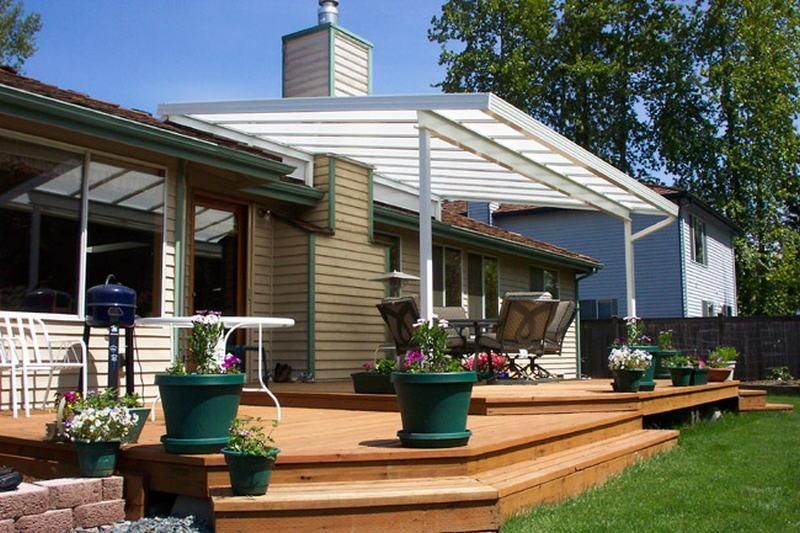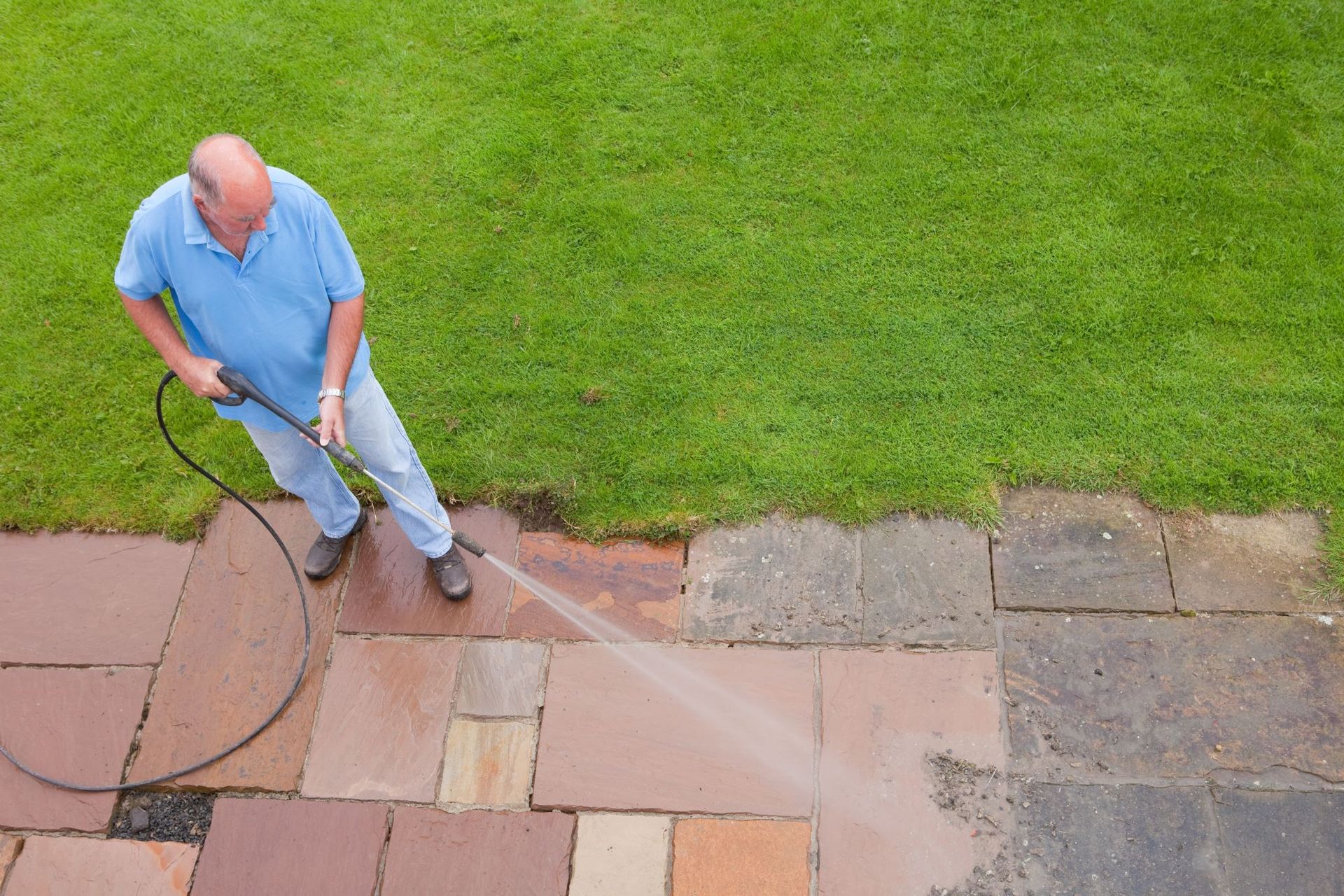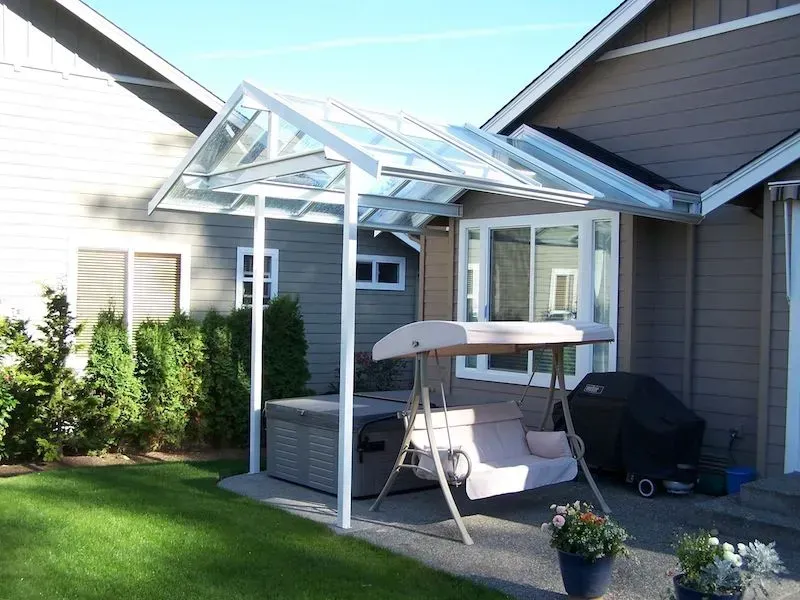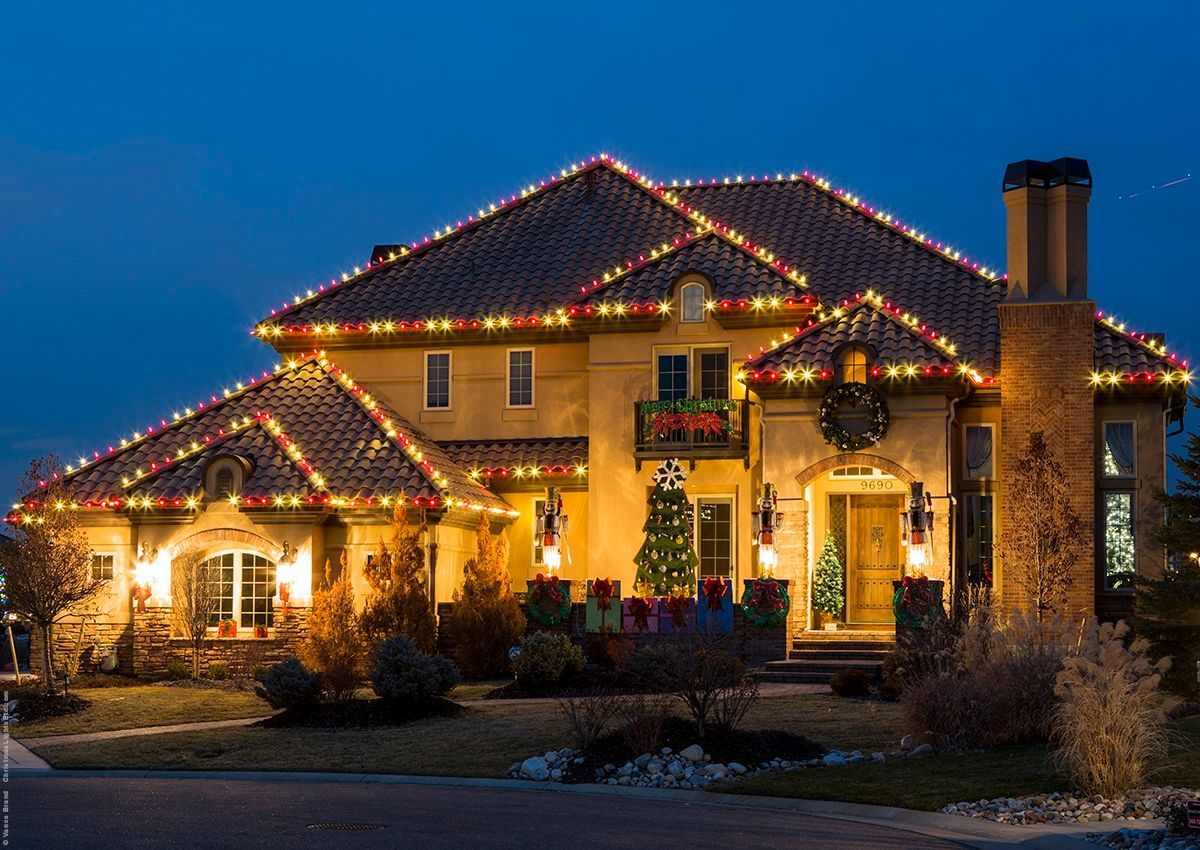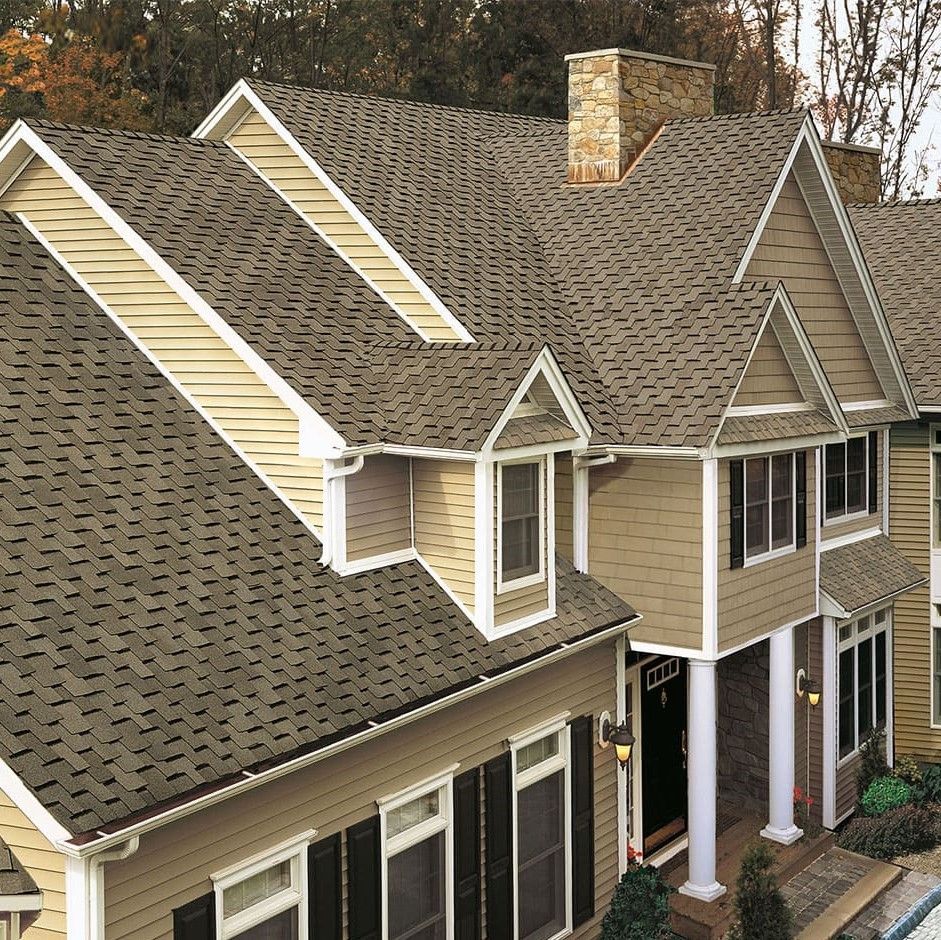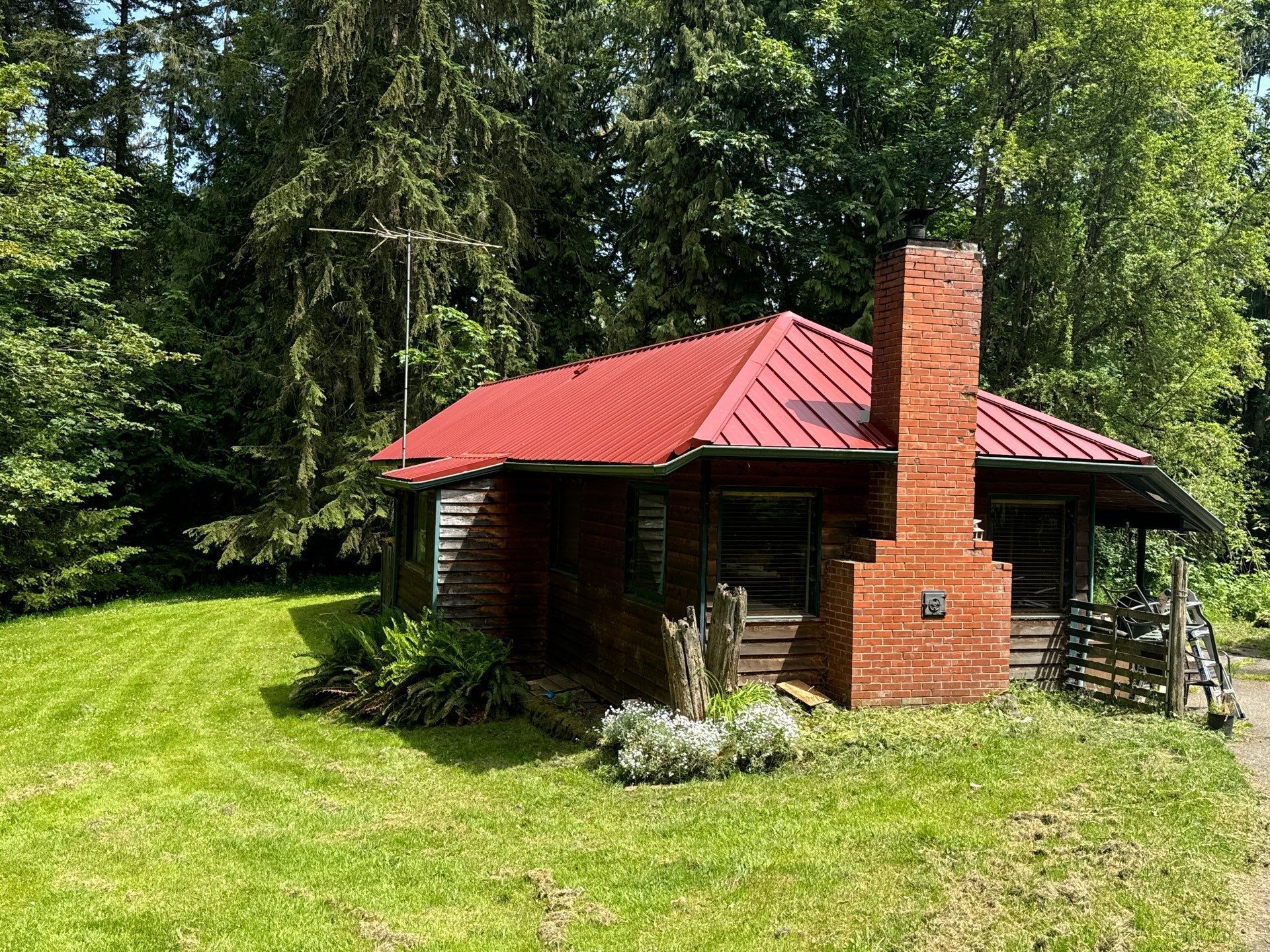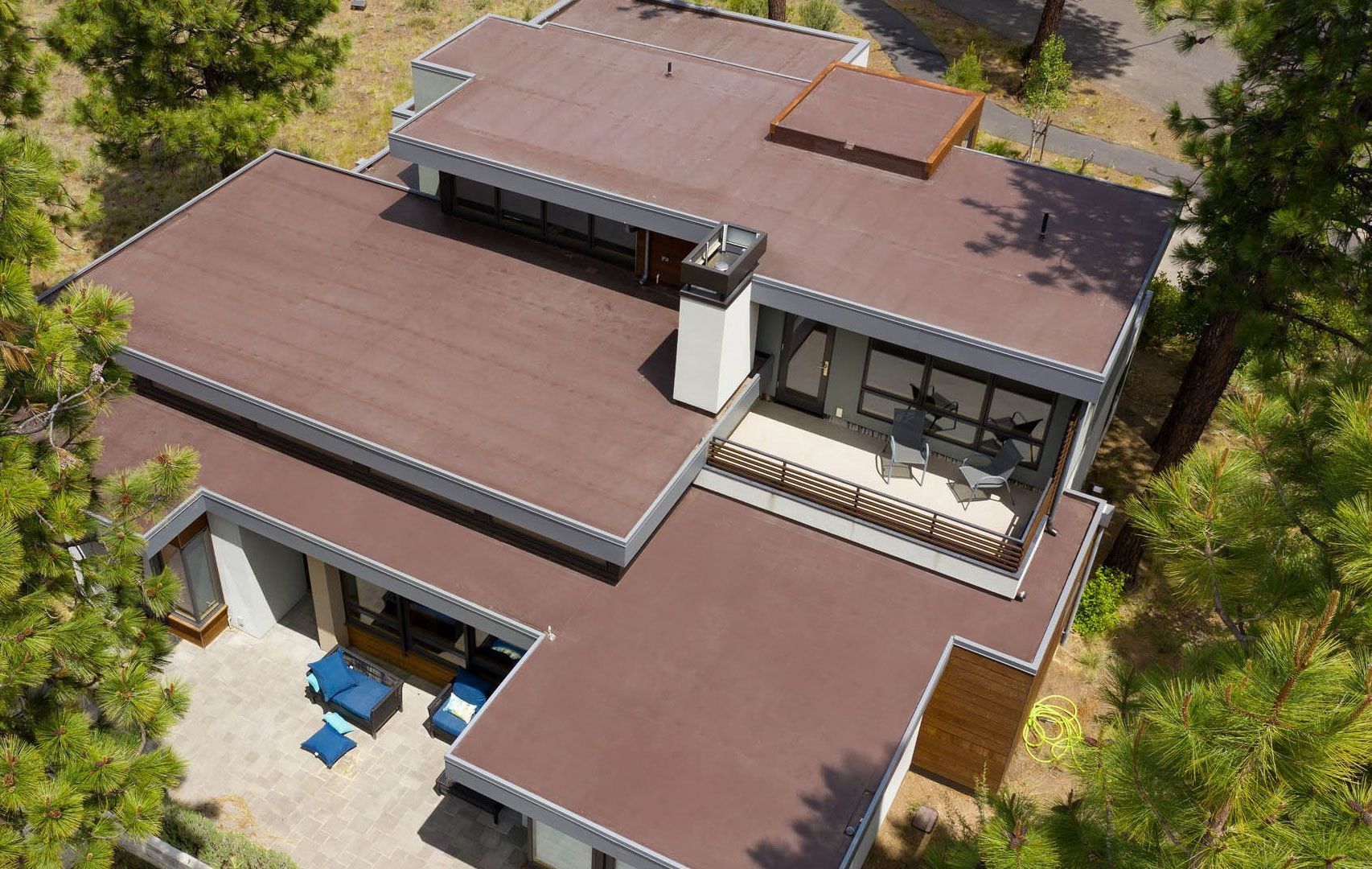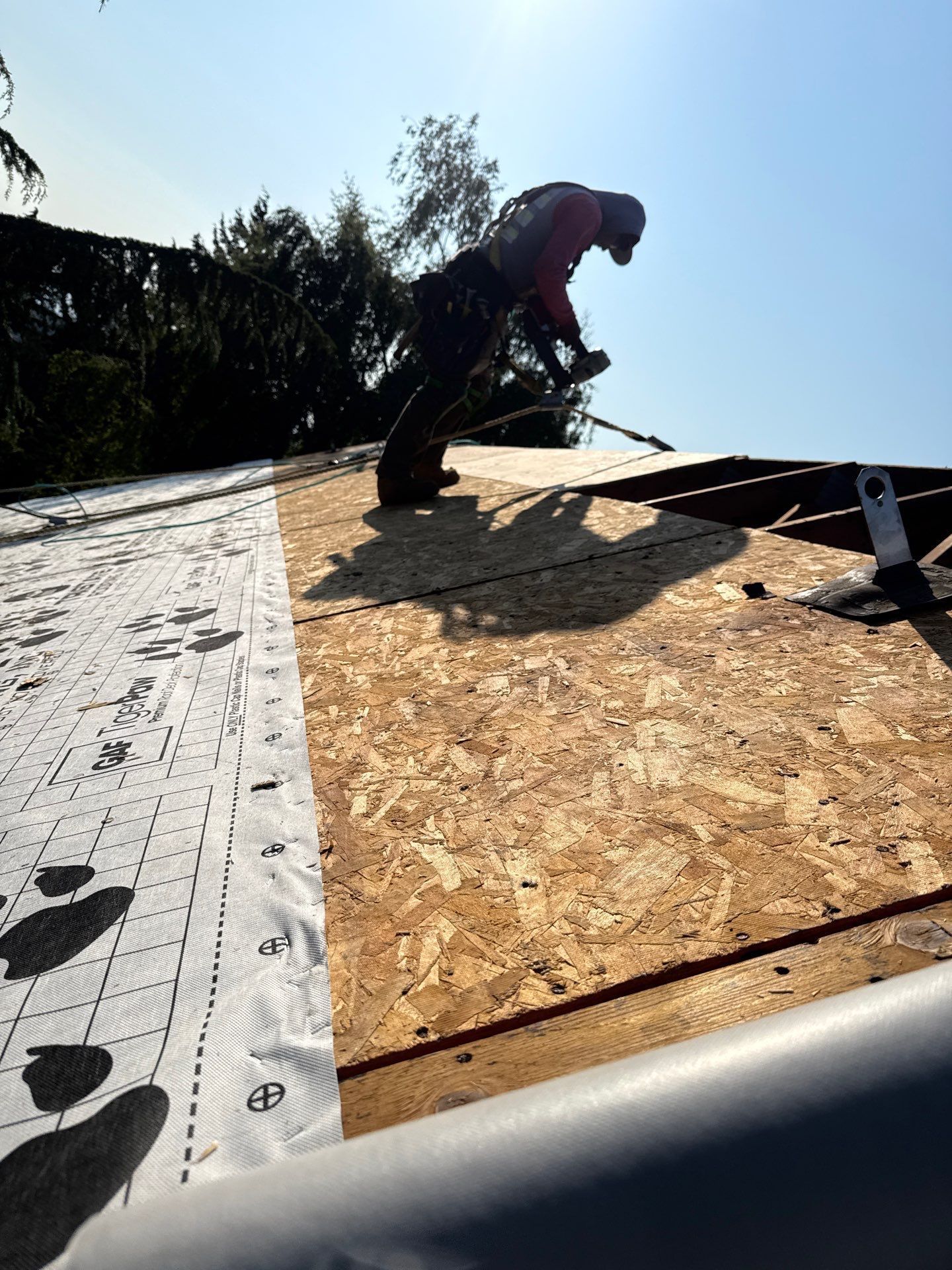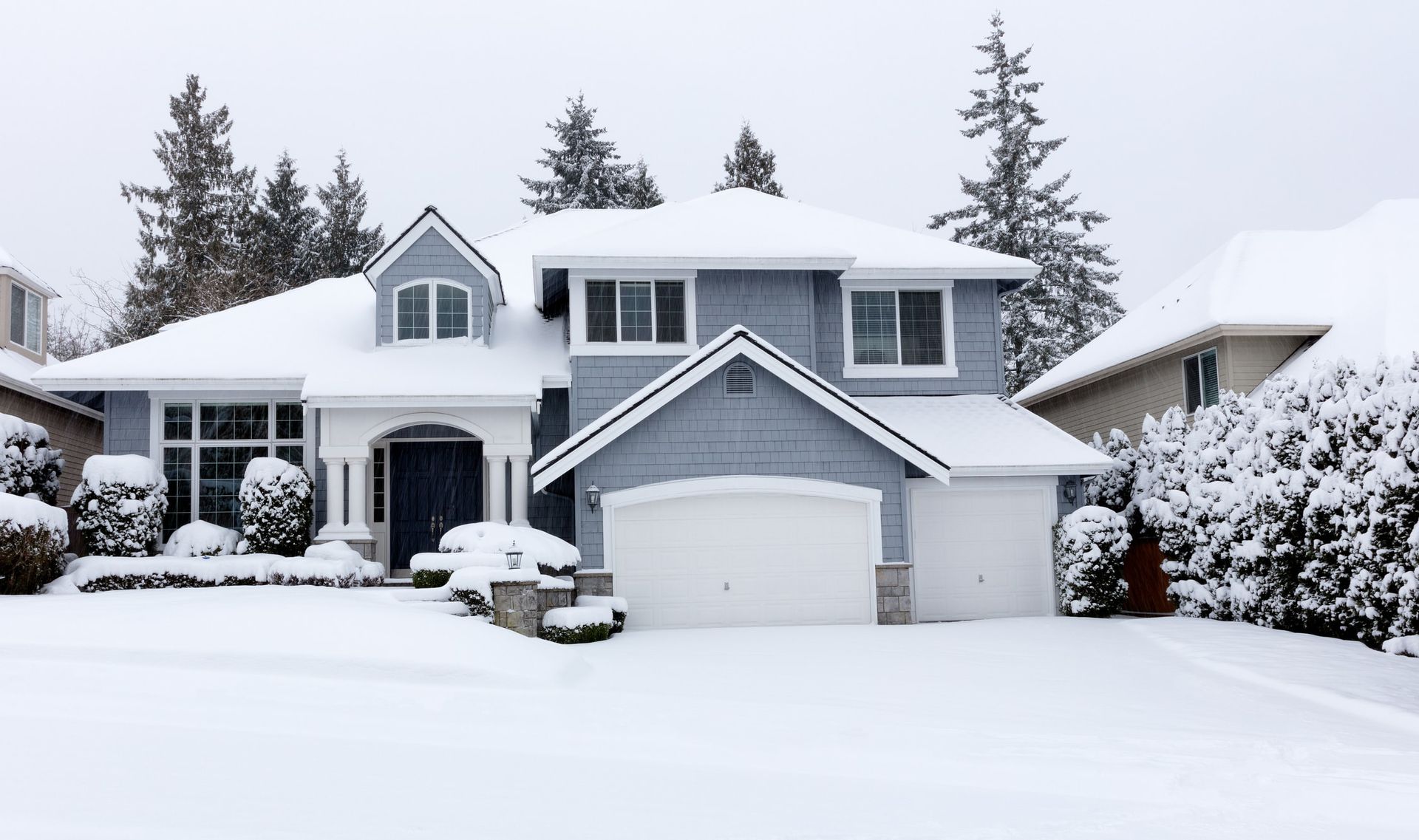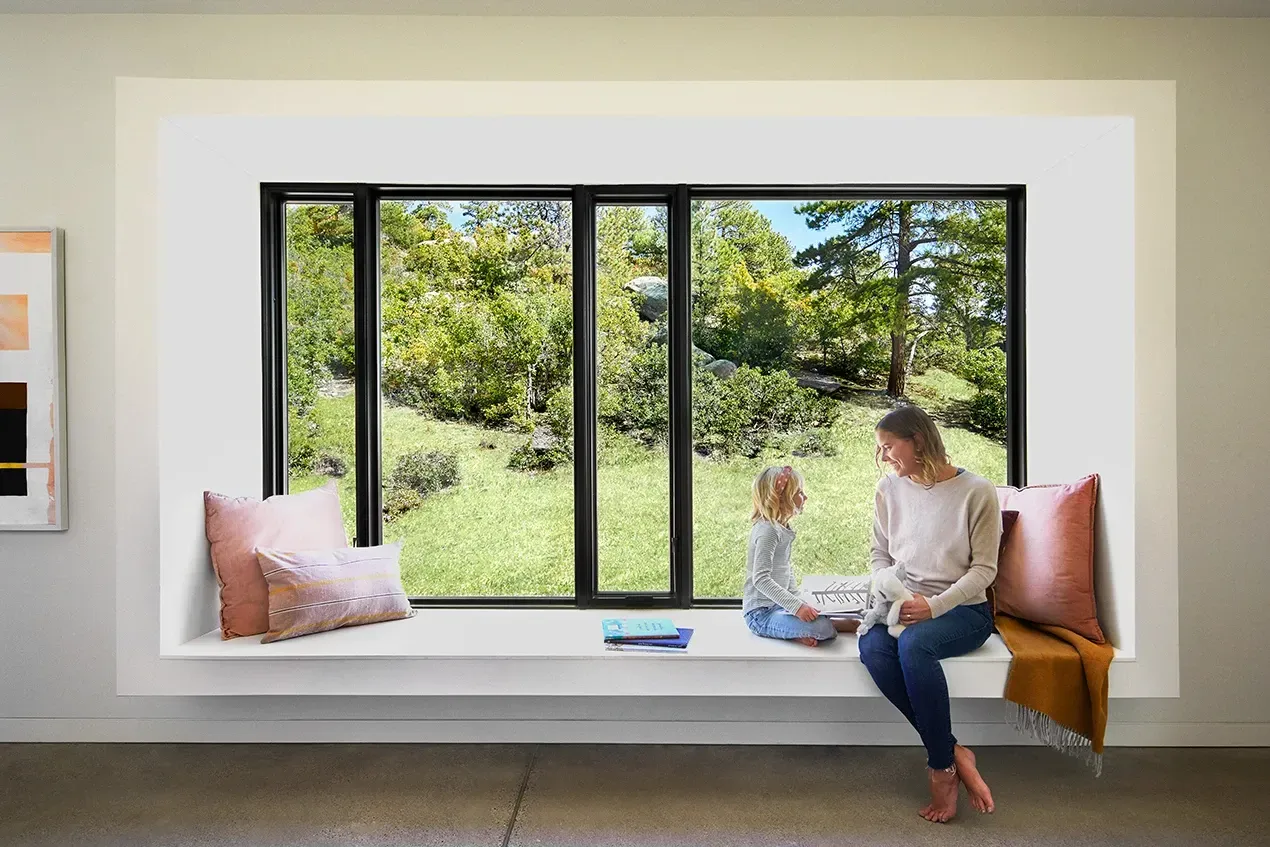As summer approaches, it's time to get your patio ready for those warm, sunny days and long, relaxing evenings. A well-prepared patio not only enhances the aesthetics of your outdoor space but also ensures its longevity and functionality. Here’s a comprehensive guide on how to get your patio summer-ready with essential tips and tricks.
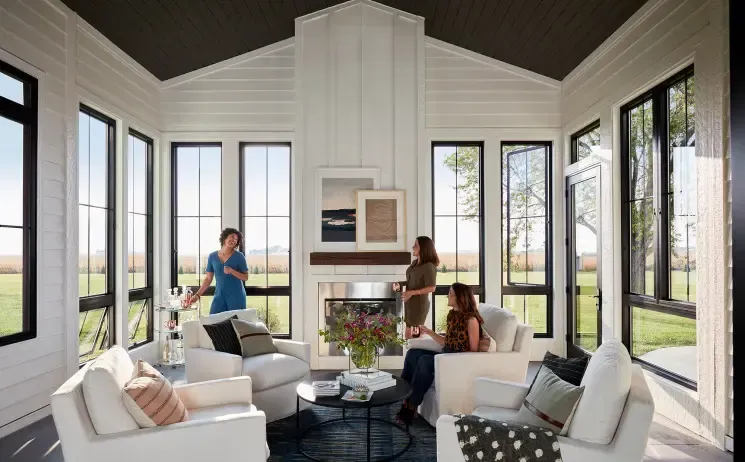
Slide title
Write your caption here
Button

Slide title
Write your caption here
Button
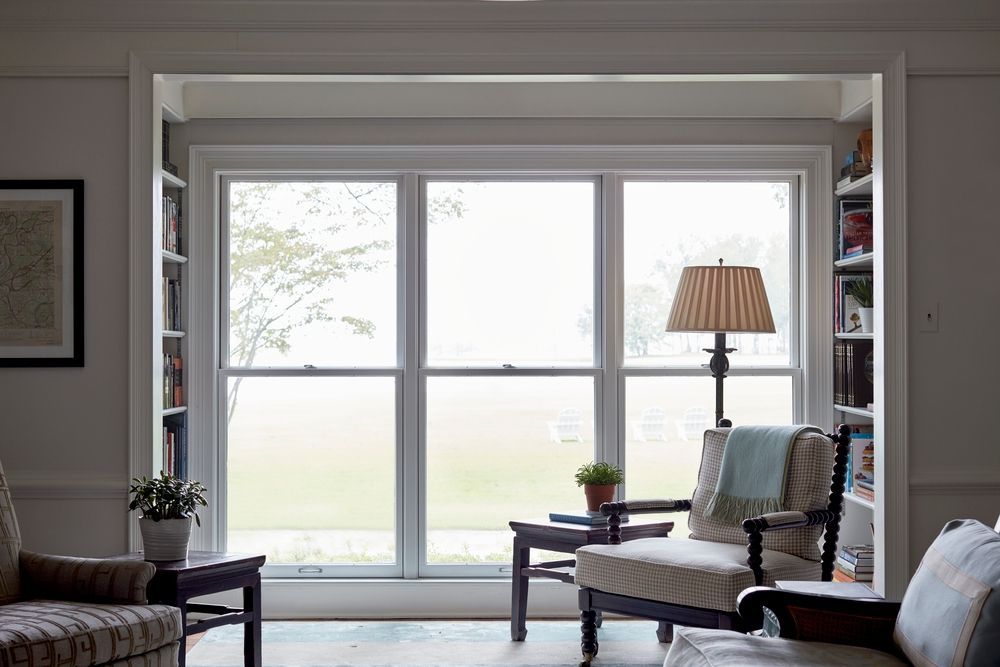
Slide title
Write your caption here
Button
Why Prepare Your Patio for Summer?
1. Fix Cracks and Chips
Use concrete filler to fill in small cracks and chips. For larger cracks, consider hiring a professional to ensure a durable repair.
Sand down rough or splintered areas on wooden patios. Replace any severely damaged planks to maintain a smooth surface.
2. Regrout and Retile
For tiled patios, check the grout for wear and tear. Regrout any areas where the grout is missing or damaged.
Replace broken or chipped tiles to prevent further damage and maintain a uniform appearance.
1. Add Plants and Greenery
Incorporate a variety of plants in pots and planters to add color and life to your patio. Choose plants that thrive in your climate and require minimal maintenance.
Install a vertical garden or hanging planters to save space and create a lush, green backdrop.
2. Update Decorations
Refresh your patio furniture with new cushions and throws. Choose weather-resistant fabrics in vibrant colors and patterns.
Install outdoor lighting such as string lights, lanterns, or solar lights to create a cozy and inviting atmosphere for evening gatherings.
3. Shade Solutions
Install umbrellas or retractable awnings to provide shade and protect against the sun’s harsh rays.
Consider adding a pergola or gazebo for more permanent shade solutions. These structures can be adorned with climbing plants for added beauty.
By following these essential tips and tricks, you can ensure that your patio is ready for summer. A clean, well-maintained, and beautifully decorated patio will enhance your outdoor living experience and provide a perfect space for relaxation and entertainment. So, roll up your sleeves and get your patio summer-ready with these practical and effective steps!
For more expert advice and professional services, contact Tristate Roofing today. Our team is here to help you create the perfect outdoor oasis for you and your family to enjoy all summer long.






